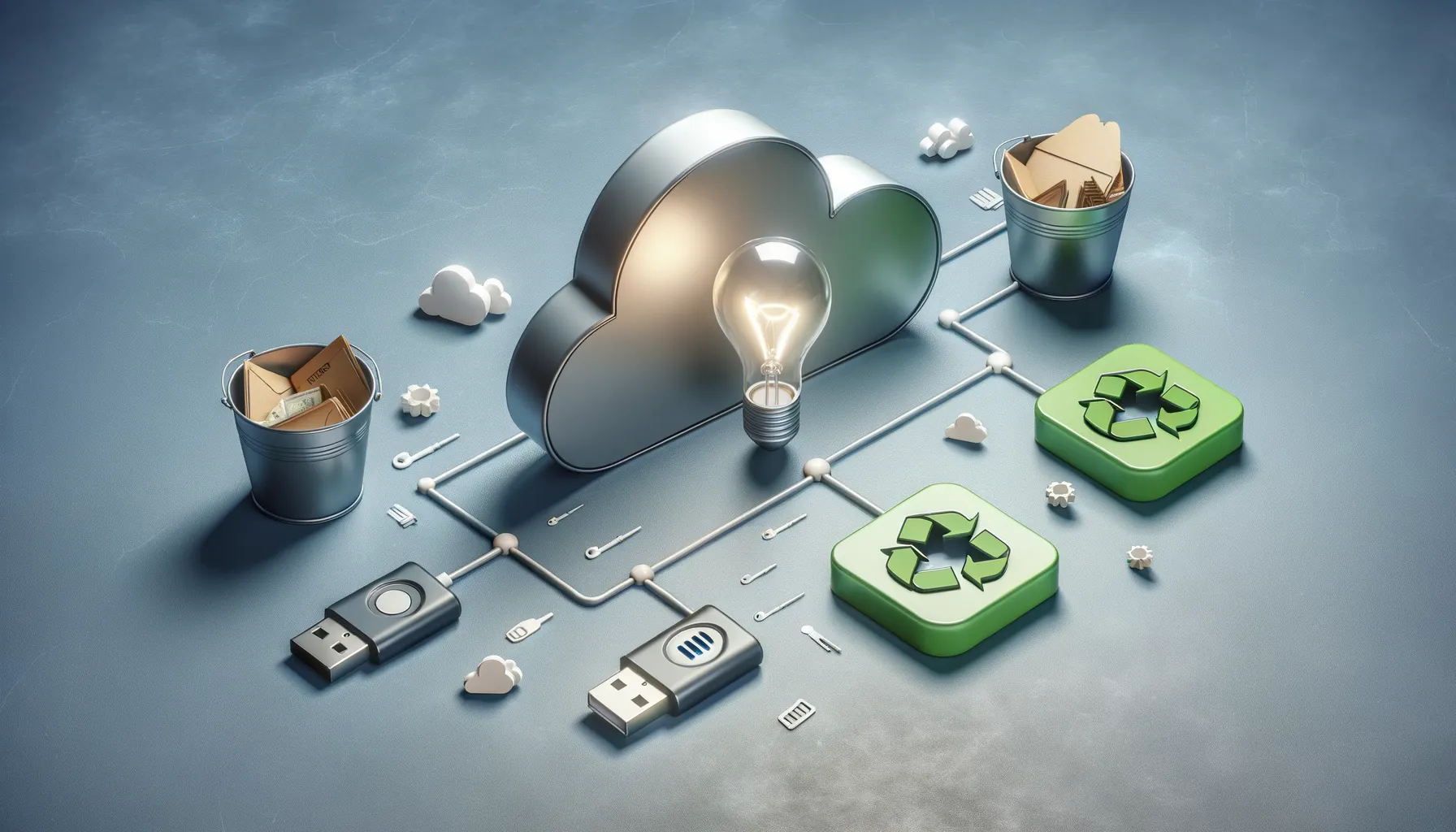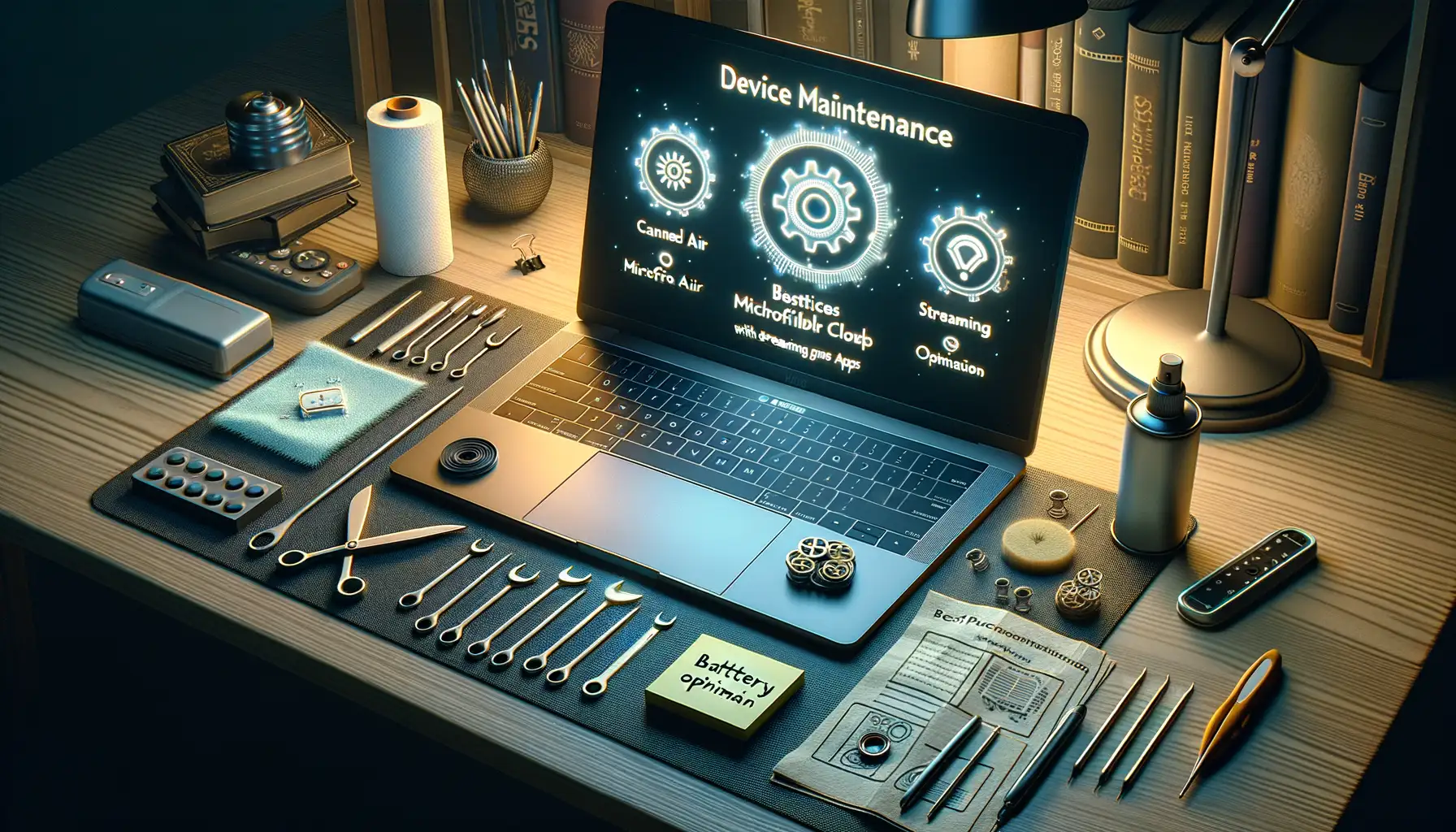Balancing Storage Limits When Installing Multiple Streaming Apps
Understanding Storage Capacity on Your Device
How Much Space Does Your Device Really Have?
Picture this: your device is like a suitcase for a vacation. Its storage capacity represents how much you can pack. Now, imagine stuffing it with clothes, shoes, books, and souvenirs—that’s your apps, photos, videos, and downloads. Eventually, there comes a point when you can’t zip it up anymore. Annoying, right?
Your phone or tablet may claim it has “128GB” or “256GB,” but don’t let those numbers fool you. A chunk of that storage is already spoken for by the operating system and pre-installed apps. Think of it as hotel freebies—sure, they’re handy, but they also take up space in your suitcase before you’ve even started packing!
The Hidden Culprits Eating Up Your Storage
Now, let’s talk about the sneaky stuff. You might think streaming apps like Netflix, Spotify, and Hulu are harmless little tenants in your device, but here’s the kicker:
- They store cached data, like thumbnails or temporary downloads, which quietly pile up over time.
- Offline downloads (that movie marathon or playlist binge!) can gobble up gigabytes faster than you’d expect.
Take a quick peek at your settings—bet you’ll find hefty files lurking under the radar!
The Impact of Multiple Streaming Apps on Device Performance

How Streaming Apps Weigh Down Your Device
Ever heard the phrase “too much of a good thing”? That’s exactly what happens when your device juggles multiple streaming apps at once. Each app isn’t just a simple shortcut to your favorite shows—it’s a package stuffed with cached content, offline downloads, and background processes that quietly chip away at your device’s performance.
Think about it: every time you watch an episode on one app, it leaves breadcrumbs behind—cached data. Multiply that by three, four, or even five streaming platforms, and suddenly your phone’s storage feels like an overcrowded closet. Remember the last time an app took forever to load, or your device lagged during multitasking? That could be those heavyweights—Netflix, Hulu, Disney+, Spotify—vying for attention in the background.
- Your home screen might look clean, but under the hood, apps like these hoard space for preloaded videos and high-res thumbnails.
- Background auto-refresh features can silently drain memory and slow down other tasks.
- Some apps even download patches or updates without your permission, eating up precious megabytes.
It’s like inviting too many guests to a party—the energy gets overwhelming, and someone inevitably spills something.
Tips for Managing Storage and Optimizing Space

Master Your Storage Like a Pro
Is your device gasping for breath under the weight of too many streaming apps? Trust me, you’re not alone. Managing storage can feel like rearranging a cluttered room—but the reward is that sweet sense of order and efficiency. First things first: delete what you *never* use. Got that one app you downloaded “just in case” six months ago and haven’t opened since? Hit uninstall—it’s just digital deadweight.
Next, let’s talk about hidden data. Streaming apps often hoard more temporary files than you’d imagine—think of it like the junk drawer in your kitchen. Head to your app settings and clear cache regularly. It’s a small step that makes a big difference.
Smart Strategies to Save Space
Sometimes you need to get creative with your storage game. Try these:
- Set download limits on apps that allow offline viewing. Why stash 50 episodes when a couple will do?
- Move large media files to cloud services like Google Drive or Dropbox.
- Invest in an SD card or external storage if your device supports it. Expansion = a digital breath of fresh air.
Quick tip: periodically review your downloads. Did you finish binge-watching that series last month? Free up that space—it’s a win-win!
Alternatives to Reduce Storage Usage

Get Creative with Cloud Solutions
Does your device feel like it’s carrying a backpack full of bricks? Offloading to the cloud can lighten the load in more ways than one. By storing movies, music, or documents in cloud services like Google Drive, iCloud, or Dropbox, you can free up precious space without losing access to your cherished content.
Think of the cloud as your personal attic — everything stays safe and sound, just not cluttering your everyday living room (a.k.a., your phone). Many streaming apps also let you save downloaded content directly to the cloud rather than your local storage, so explore those settings for a quick win.
Optimize Your Downloads Wisely
Do you really need five seasons of your favorite show sitting on your device? Be selective when downloading. Here’s how you can take control:
- Download content in a lower resolution — high-definition is gorgeous but eats storage like a buffet dinner. A simple switch to standard definition can make a world of difference.
- Delete old downloads you’ve already watched. Holding onto them “just in case”? Don’t — streaming makes them instantly accessible again when needed!
Pro tip: Some apps even have a setting to auto-delete finished episodes. A neat little trick that keeps your library fresh!
Best Practices for Device Maintenance with Streaming Apps

Give Your Device a Tune-Up
Your device is like a trusty sidekick, but even superheroes need self-care! Regular maintenance ensures your streaming apps run smoothly without turning your phone or tablet into a sluggish mess. Start by clearing app caches—the hidden culprit eating up chunks of storage. For instance, apps like Netflix and Spotify hoard temporary files for quicker performance, but they pile up fast.
To clear these caches, head to your settings, find the app, and hit that “Clear Cache” button. It’s like giving your device a refreshing glass of water after a long day!
And don’t underestimate updates—those pop-ups aren’t just nagging you for fun. Developers often roll out updates to fix bugs or optimize storage in apps like Hulu or Disney+. An outdated app is like wearing last year’s shoes—they still work but might feel clunky.
Smart Settings Simplify Everything
Want to save space without the headache? Adjust in-app settings. Many streaming apps let you control download quality. Switch from “High” to “Standard” quality—it’s barely noticeable on smaller screens and saves tons of space.
- Turn on auto-delete for old downloads in apps like Amazon Prime Video.
- Consider streaming instead of downloading if Wi-Fi is handy.
Your device works hard for you; show it some love!
